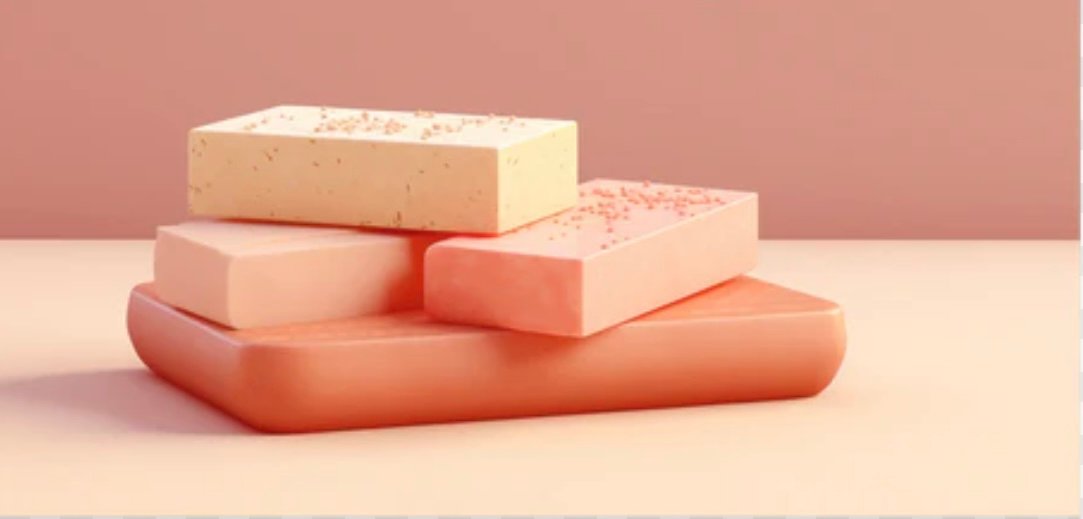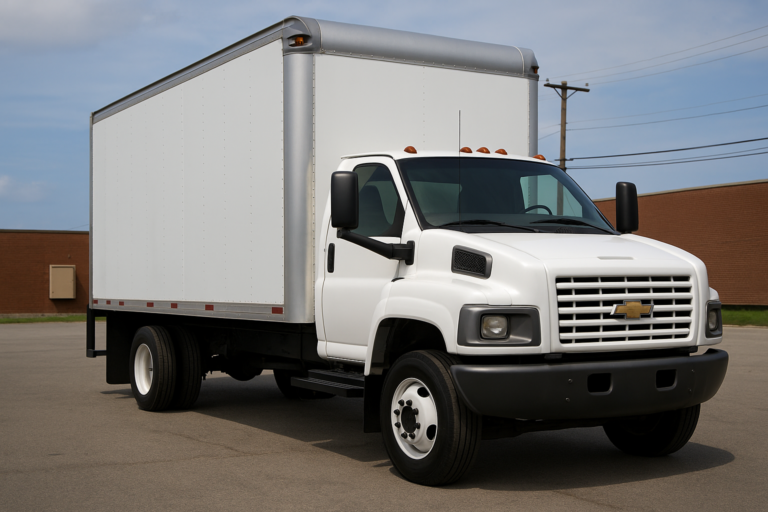What Selling $10 Soap Taught Me About Luxury Marketing
The Price Tag Was Small. The Lesson Wasn’t.
Years ago, I helped a small business launch a handmade soap line. Each bar sold for $10 — steep, considering cheaper options lined every store shelf. But our goal wasn’t to compete on price. It was to sell perception.
And we learned something big:
Luxury isn’t about cost.
It’s about context.
You can sell something ordinary for a premium if you shape the experience like it belongs in a boutique — not a bargain bin.
Here’s how a $10 soap taught me everything I know about building brands that feel luxurious no matter what the product is.
Luxury Lives in the Details Most People Skip
We started by asking: why would anyone spend more on this soap?
The formula was nice. The scents were lovely. But what mattered more?
Presentation. Perception. Psychology.
We obsessed over what the customer would see, feel, and imagine the moment they held it in their hands.
That meant:
Even the insert “thank you” on one side, ingredients on the other — was printed on stock that felt like a wedding invite.
The soap wasn’t the luxury. The experience was.
Canva Can Be Luxe If You Know What You’re Doing
Let’s bust a myth real quick: Luxury doesn’t mean you need an $80,000 branding agency.
We built most of our packaging using Canva designs — yes, Canva — but we treated it like a serious design tool, not a shortcut.
What made it feel expensive?
When designs were ready, we didn’t send them straight to print.
We ran every file through a Prepress Check — triple-verifying bleeds, resolution, text safety, and ink compatibility.
That’s where most DIY luxury efforts fail.
It’s not Canva’s fault. It’s skipping the part where you treat Canva like Adobe — with precision and process.
The Product Is the Proof. The Packaging Is the Promise.
Every touchpoint whispered the same message: “You’re buying something special.”
It wasn’t just about the bar of soap.
It was about:
That’s what luxury branding sells: emotions, not ingredients.
We priced it at $10 not because the cost demanded it — but because the story and experience justified it.
And people bought in. Again and again.
What This Means for Your Brand
You don’t need to sell soap to learn from this.
If you’re selling candles, supplements, tea, jewelry, skincare, stickers, or handmade dog treats — these lessons hold:
Final Thought: Small Product, Big Opportunity
That $10 soap taught me more about perceived value than any corporate campaign.Because when you’re working with small margins and simple products, every detail matters more.
Luxury isn’t reserved for the big brands.
It’s built, detail by detail, in the hands of the brave ones who choose to care more.
So whether you’re working on your next launch or rethinking your current packaging — remember:
It’s not about the product alone.
It’s the feeling you wrap it in.
And the story your packaging tells before they ever open the box.







